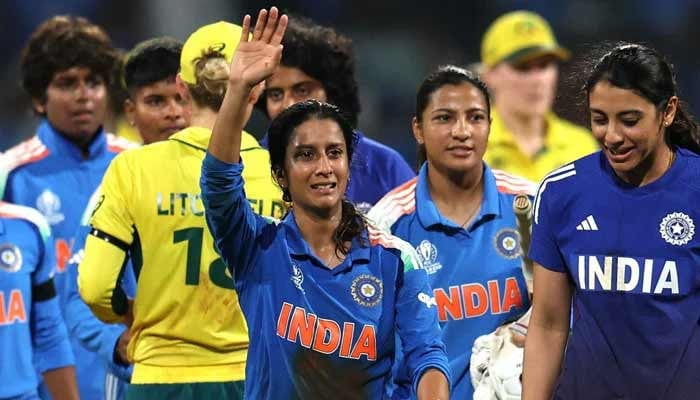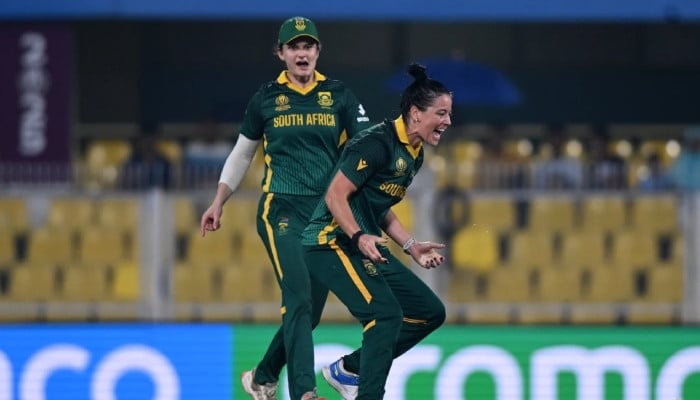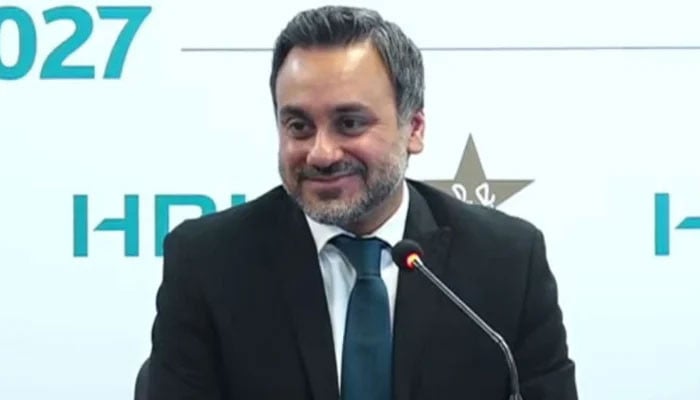Cricket will test a one-day hybrid format called Test Twenty, combining Test tactics with T20 pace.
Designed to retain the tactical nuance of the longest format while making it more accessible, Test Twenty completes a match in one day.
Each match involves 80 overs, with both teams batting twice, two innings of 20 over per side, and the scores in the first inning carried over into the second to balance aggression with consistency.
The format is suitable for all possible outcomes: win, loss, draw or tie. If the combined scores are equal, a Super Over will determine the winner. However, if a team completes its innings with five wickets remaining, it may choose to settle for a draw.
The concept is the brainchild of Gaurav Bahirvani, founder and CEO of Test Twenty, and was officially launched on Thursday with strong support from cricket legends AB de Villiers, Matthew Hayden, Harbhajan Singh and Sir Clive Lloyd, who termed it as the ‘next chapter’ of cricket.
The format’s first major event, the Junior Test Twenty Championship, is scheduled for 2026, with players aged 13 to 19.
The tournament aims to nurture young cricketers by testing their temperament, decision-making and game intelligence, rather than pure batting ability.
It will feature six franchises, three from India and three international (based in London, Dubai and a US city).
Each team will consist of 16 players, equally divided between Indian and international talent. Player selection takes place via two routes:
Direct Access: For players recommended by certified cricketers, coaches or administrators.
Standard entry: Open trials using AI and motion sensor technology to ensure fairness.
Players are evaluated via the Test Twenty Intelligence Index (TTII) – a data-driven system that assesses decision-making, temperament and cricket IQ.
Of the 1,000 shortlisted players, 300 will move on, and 96 will be included in the founding franchises.
To further broaden the appeal, the franchises are expected to be co-owned by celebrities and sporting families, described by organizers as those who “grew up with the game in their blood.”
Innovative rules and competition dynamics
Power play: One per match, lasting four overs, chosen by the captain; if unused, it will be applied automatically between overs 7 and 10 of the second innings.
Follow-up: Can be enforced if the second side batting is 75 or more runs behind after the first innings.
Early Collapse Clause: If a team is bowled out before 10 overs in the first innings, the opponent gets three additional overs.
Bowling Restrictions: Maximum of five bowlers per team, each allowing a maximum of eight overs in both innings.
Wides and No Balls: Standard T20 rules apply, but three or more in one over will incur a three-run penalty.
Overload penalty: Teams with slow overrates lose five runs and a timeout.
Super session: In the event of a tie, a one-over eliminator determines the result; if it is still tied, the team with the most boundaries wins.






